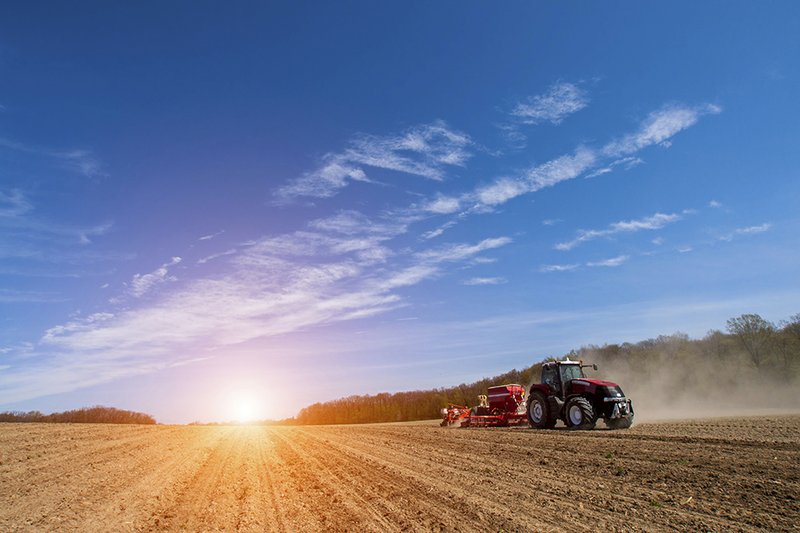LONOKE — As the calendar counts down to spring, Arkansas farmers are taking advantage of late-winter dry weather to get some fieldwork done ahead of planting.
“We were not able to do much fall tillage, so farmers are trying to catch up and take advantage of the dry weather,” said Keith Perkins, Lonoke County extension agent for the University of Arkansas System Division of Agriculture.
Despite springlike high temperatures that followed the Jan. 21 and 22 snowfall, many fields were still too wet to work, thanks to an abundance of flood-making precipitation in November and December. Stuttgart saw 11.11 inches of rain in November, and Keiser got 10.41 inches. Jonesboro accumulated 12.12 inches. Dardanelle in the Arkansas River Valley saw more than a foot of rain in December, 7.87 inches above the norm.
In Prairie County, “we have a few farmers tilling the soil where fields were rutted during the later harvest,” said Brent Griffin, Prairie County extension staff chair for the University of Arkansas
System Division of Agriculture. “Some land leveling is being done where people still have some money to spend.”
In Phillips County on the Mississippi River, “the work seems to be temperature dependent,” said Robert Goodson, county extension agent for the Division of Agriculture. “As long as the weather is warm and sunny, there are a few acres being tilled. There are more acres, though, that have been sprayed with an herbicide for burndown, but again, this is based on temperature.
“But just wait till this cold spell is over, because by then, a lot of people will be itching to get started on fieldwork for this year,” he said.
Dark clouds
However, the sunny skies belie the feelings of some farmers headed into the 2016 growing season. With low commodity prices and increasing
input costs, the ability to save dollars wherever possible has the highest priority.
“It’s very dismal across the Grand Prairie,” Griffin said. “Growers I spoke with said, ‘It is cheaper to go ahead and prepare the seedbed than to continue working in the shop and spending money like its going out of style on repairs.’”
For more information about crop production, contact a county extension office or visit www.uaex.edu.
